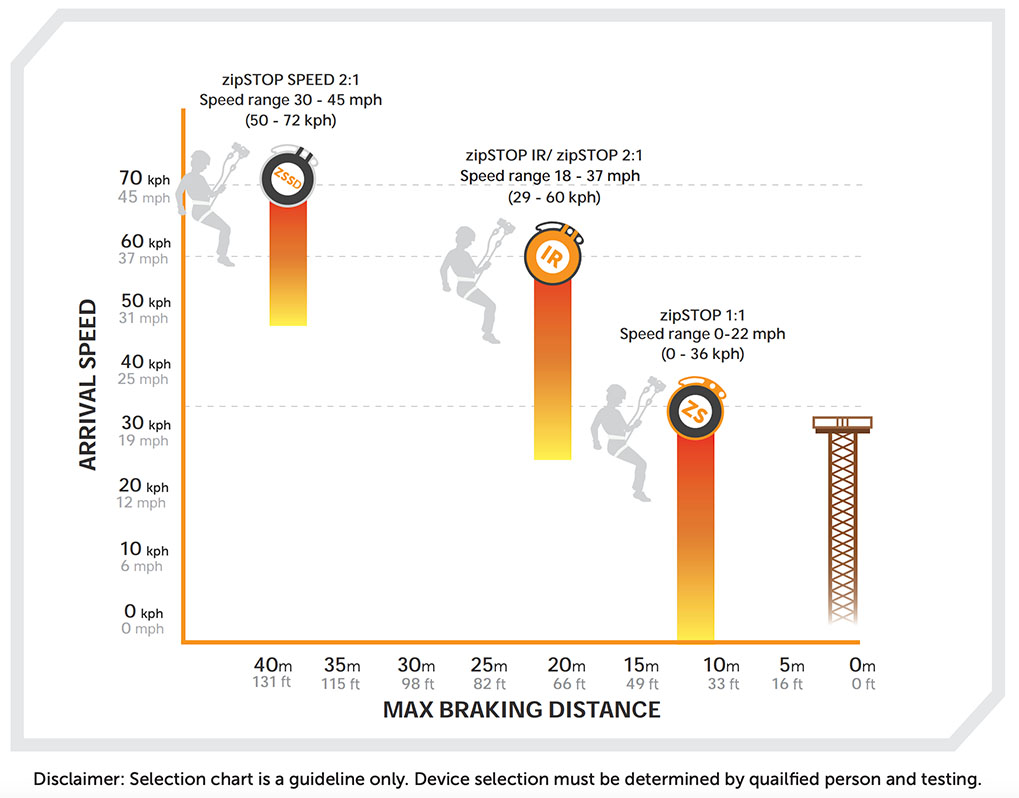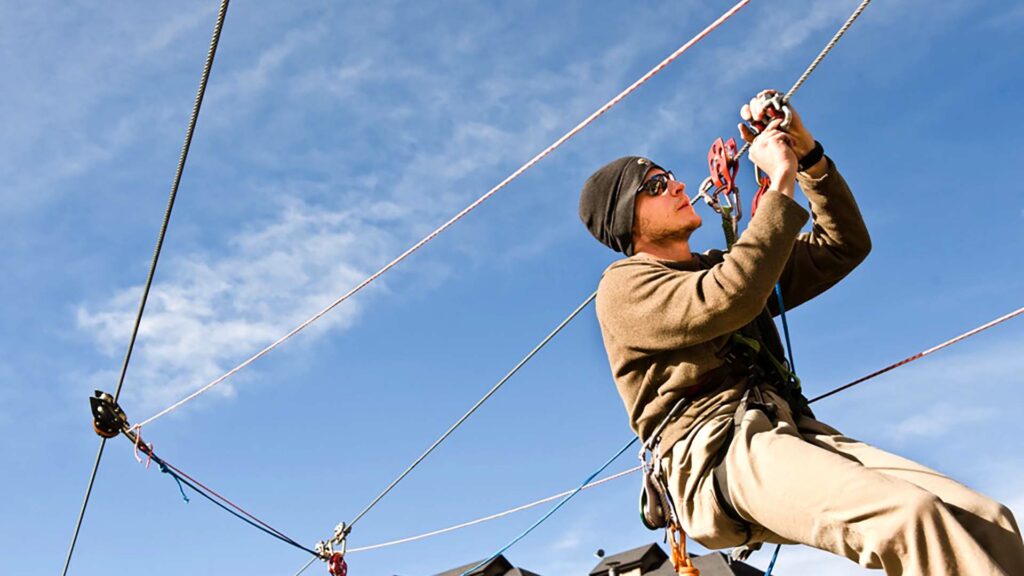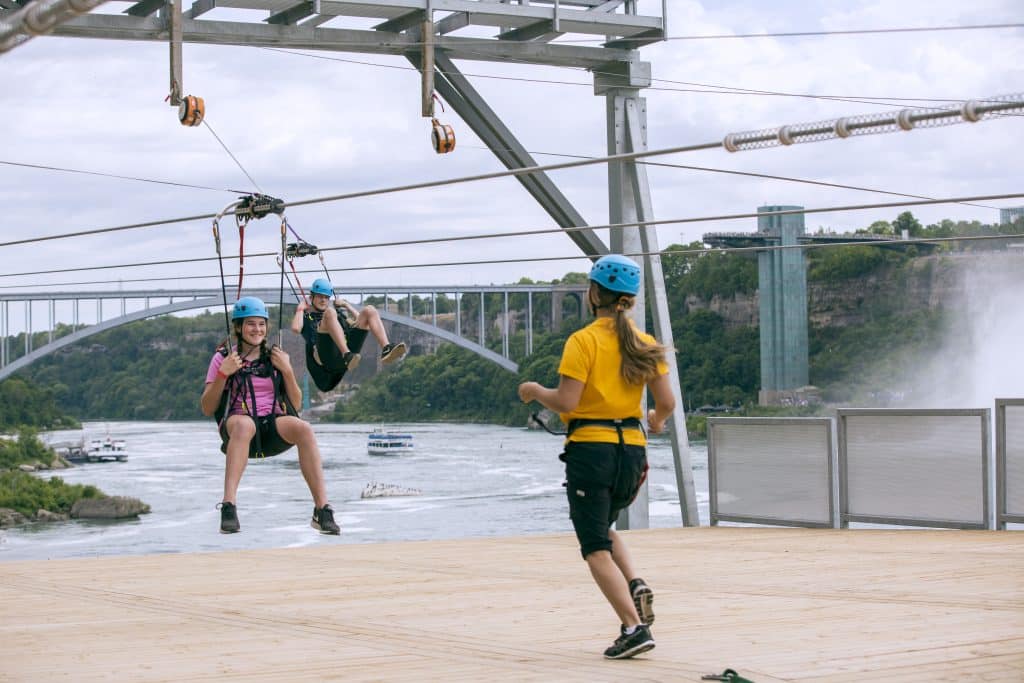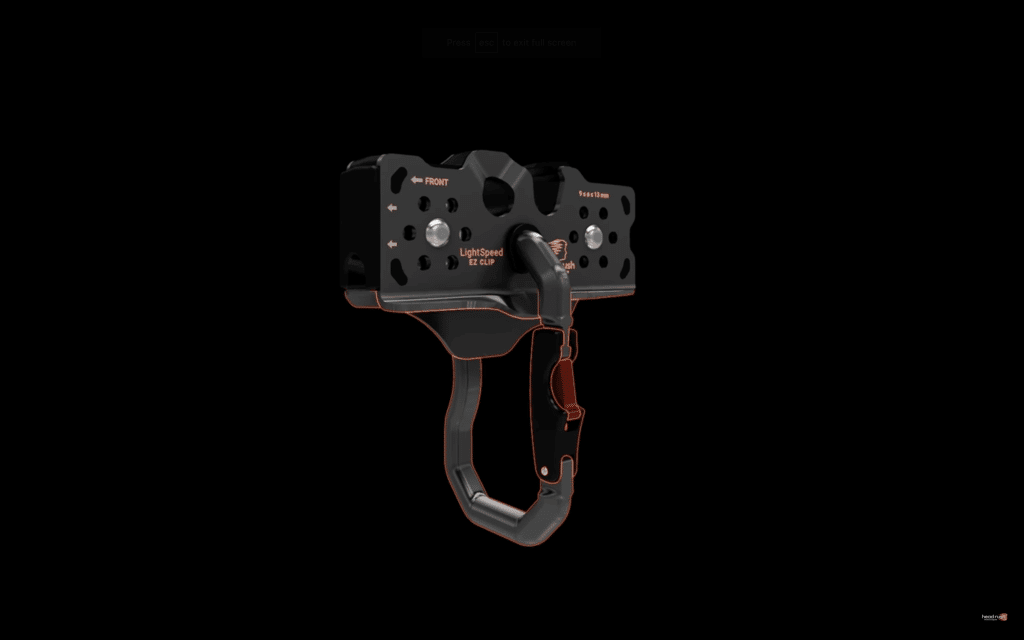What are the key differentiators between the zipSTOP zip line brake, the zipSTOP IR, and the zipSTOP Speed? Before diving too deeply into that question, let’s first take a look at what the different models from the zipSTOP family have in common.
Breaking Down the Different zipSTOP Models
What Sets zipSTOP Apart from Other Zip Line Brakes?
Regardless of the model type, every zipSTOP is engineered to give riders a gradual, predictable, and comfortable stop when they reach the end of a zip line. To do this, the device is equipped with Head Rush’s patented magnetic braking system. There are several advantages to magnetic braking.
For starters, magnetic braking is ultra reliable, long lasting, low maintenance, and self-regulating. This final benefit is particularly notable for use in zip lining because it means that at the end of the line, each rider will stop at the same point on the platform, regardless of their size or weight. This is a critical safety feature.
Why Self-Regulated Braking Improves Zipline Safety
When a rider comes up short of the platform, there is a serious delay while the guide is forced to retrieve the stranded rider. Of course, every time this happens there’s also the risk of the next rider causing a collision if the guide at the end of the line fails to communicate the delay to their partner at the starting platform. By having to conduct a rescue out on the line, the guide is also forced into a physically taxing and potentially detrimental situation.
On the other end of the spectrum, when a rider arrives at the end platform too fast, it is often the guide’s responsibility to manually apply a backup brake so that the out-of-control rider does not cause damage to themself, the guide, or the zip line equipment. Several problems can arise during this process. If the guide is new to the process or still being trained, requiring them to put their body in harm’s way to prevent a larger incident is intimidating and, depending on the speed and the design of the backup brake, may result in injury to the guide. However, by not acting, the rider can crash into the end of the line at high speeds. Regardless of the outcome, this is a lose-lose scenario.
The automatic self-regulating feature of a magnetic braking system corrects for both of these issues, stopping riders at a predictable and repeatable point on the platform.
ZipSTOP is a Hands-Free Braking System
ZipSTOP is also a hands-free braking system, which increases safety for both your riders and your staff. At no point is the rider required to make contact with the line during the approach to the platform. The entire braking process is automated, greatly limiting the potential for human error.
Key Differences Between zipSTOP Product Lines
There are two major differences between zipSTOP models: arriving speed range and max braking distance. Before you decide on a device, we highly recommend running arrival speed tests so that you know which range your line fits into. For safety purposes, these initial tests should be conducted without a human test subject.

zipSTOP Specifications
The zipSTOP base model has a speed range between 0 and 22 miles per hour and has a maximum braking distance of 33 feet.
zipSTOP IR Specifications
The zipSTOP IR has a speed range between 18 and 37 miles per hour and a max braking distance of 66 feet.
zipSTOP SPEED Specifications
Finally, for the fastest zip lines, we have the zipSTOP Speed, which has a speed range of 30 to 45 miles per hour and a max braking distance of 131 feet.



